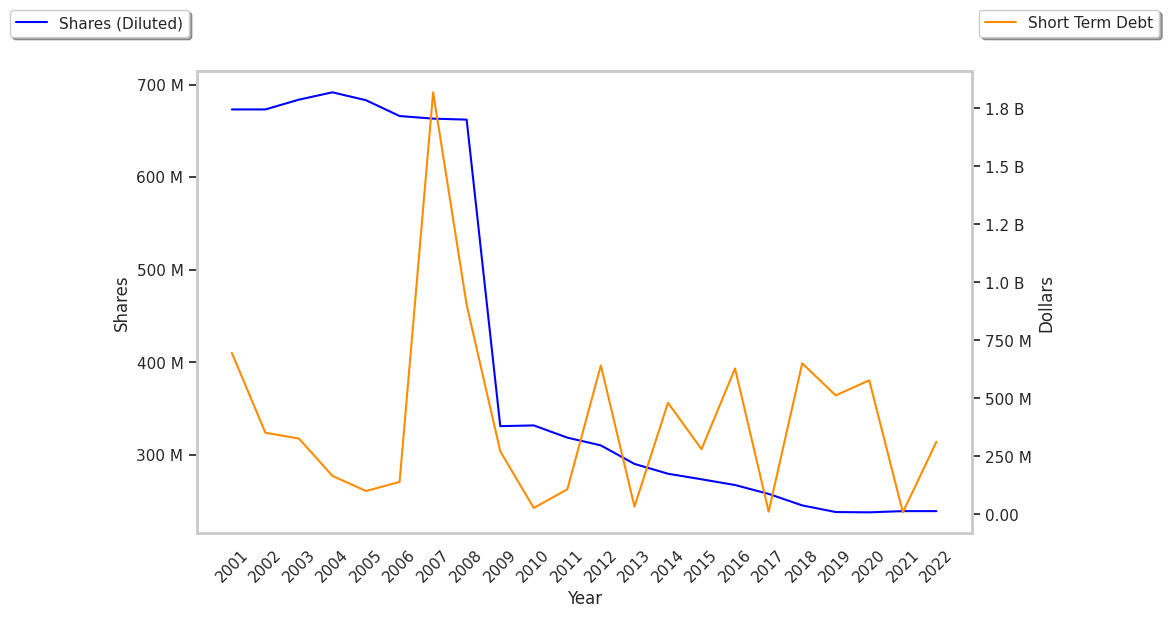Paints and Coatings company PPG Industries is taking Wall Street by surprise today, falling to $106.01 and marking a -3.2% change compared to the S&P 500, which moved -1.0%. PPG is -16.69% below its average analyst target price of $127.25, which implies there is more upside for the stock.
As such, the average analyst rates it at buy. Over the last year, PPG Industries has underperfomed the S&P 500 by -31.4%, moving -14.7%.
PPG Industries, Inc. manufactures and distributes paints, coatings, and specialty materials in the United States, Canada, the Asia Pacific, Latin America, Europe, the Middle East, and Africa. The company is a consumer cyclical company, whose sales and revenues correlate with periods of economic expansion and contraction. The reason behind this is that when the economy is growing, the average consumer has more money to spend on the discretionary (non necessary) products that cyclical consumer companies tend to offer. Consumer cyclical stocks may offer more growth potential than non-cyclical or defensive stocks, but at the expense of higher volatility.
PPG Industries's trailing 12 month P/E ratio is 19.2, based on its trailing EPS of $5.53. The company has a forward P/E ratio of 12.4 according to its forward EPS of $8.85 -- which is an estimate of what its earnings will look like in the next quarter. As of the third quarter of 2024, the average Price to Earnings (P/E) ratio for US consumer discretionary companies is 20.93, and the S&P 500 has an average of 29.3. The P/E ratio consists in the stock's share price divided by its earnings per share (EPS), representing how much investors are willing to spend for each dollar of the company's earnings. Earnings are the company's revenues minus the cost of goods sold, overhead, and taxes.
When we subtract capital expenditures from operating cash flows, we are left with the company's free cash flow, which for PPG Industries was $699.0 Million as of its last annual report. The balance of cash flows represents the capital that is available for re-investment in the business, or for payouts to equity investors as dividends. The company's average cash flow over the last 4 years has been $1.29 Billion and they've been growing at an average rate of -16.7%. PPG's weak free cash flow trend shows that it might not be able to sustain its dividend payments, which over the last 12 months has yielded 2.5% to investors. Cutting the dividend can compound a company's problems by causing investors to sell their shares, which further pushes down its stock price.
Another valuation metric for analyzing a stock is its Price to Book (P/B) Ratio, which consists in its share price divided by its book value per share. The book value refers to the present liquidation value of the company, as if it sold all of its assets and paid off all debts). Ppg industries's P/B ratio is 3.16 -- in other words, the market value of the company exceeds its book value by a factor of more than 3, so the company's assets may be overvalued compared to the average P/B ratio of the Consumer Discretionary sector, which stands at 2.93 as of the third quarter of 2024.
Since it has a Very low P/E ratio, an average P/B ratio, and positive cash flows with a downwards trend, PPG Industries is likely fairly valued at today's prices. The company has poor growth indicators because of an inflated PEG ratio and decent operating margins with a stable trend. We hope you enjoyed this overview of PPG's fundamentals. Be sure to check the numbers for yourself, especially focusing on their trends over the last few years.



